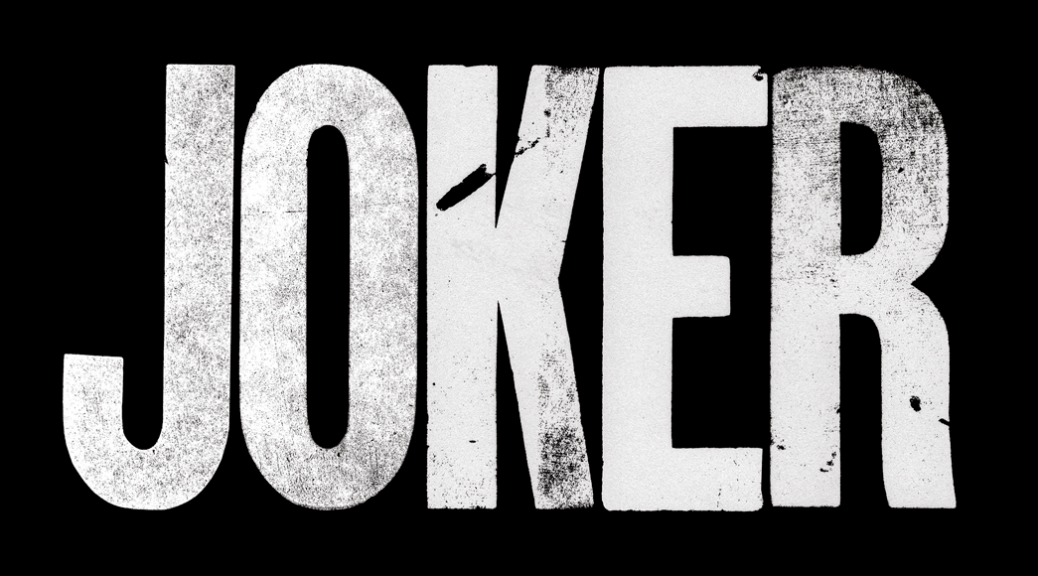
Unintended Symbols: Minor Spoilers for Joker (Part the First)
It’s Academy Award season! The nominations are announced! Between now and February 9, ThePilgrimGeek is going full Blockbuster clearance shelf with Minor Spoilers! What made me laugh? What made me cry? What were the films that stuck in my noggin for days? Here’s the first of Minor Spoilers at the Academy Awards!
Todd Phillips’ Joker has been nominated for 11 Academy Awards, including Best Picture. For a director who’s works include The Hangover and its sequels, as well as Starsky & Hutch, it is an astounding and captivating change of form. The cinematography and writing is on point, and Jaoquin Phoenix easily delivers one of the best performances of his career. Joker, in most regards, is a well-crafted film.
Yet, my response to Joker was a cocktail of curiosity, confusion, and more than a dash of despair. I walked out of the theater mulling over all I had watched, a telltale sign that this movie was worth the ticket and that perhaps the haunting sensation that followed me required my attention and prayerful engagement. In doing so I resolved that the only appropriate way to discuss Joker is in two separate Minor Spoiler reviews. This first installment reflects the part of me that is more generous with the film and what I think may be Philips’ commentary specifically about the Christopher Nolan’s The Dark Knight Trilogy and its cultural impact. The second part will approach the character of The Joker both in Joker and in the comic book canon of the DC Universe through a broader theological lens.
With no further ado, here is my first of two Joker reviews [spoilers ahead]:
Unintended Symbols: Minor Spoilers for Joker
I wonder what Joker would look like if there had never been Nolan’s The Dark Knight Trilogy. I even wonder if such a movie would exist if Christian Bale had never faced off with a painted Heath Ledger or a masked Tom Hardy a decade ago.
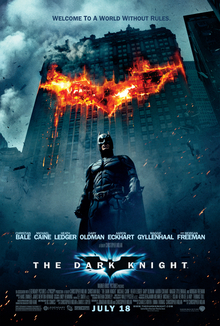
Christopher Nolan weaves one thematic thread throughout his trilogy: what does it take to create a symbol? From the first moment Bale’s Bruce Wayne conceives Batman, he has one aim. He tells Alfred “I want to be a symbol.” Becoming a symbol to the rest of Gotham City is Wayne’s endgame from the outset. He wants to inspire the citizens of Gotham to have no tolerance for the corruption and villainy of the city’s crime soaked streets and bought-and-paid for bureaucrats and politicians. Wayne continually questions whether or not the symbol is having the resonance for which he is striving. In one of the more humorous moments of The Dark Knight, Batman encounters copycat vigilantes with firearms trying to thwart the schemes of an escaped Scarecrow. Batman reprimands them with his fists and words. They accuse Batman with “What’s the difference between you and me?” The Caped Crusader responds “I’m not wearing hockey pads.” This is more than a mere comment about equipment. This is an indictment about the copycats’ methods under the symbol of Batman. This is revisited in the trilogy’s final installment The Dark Knight Rises. While Batman strove to emphasize what differentiates him from former mentor Ras al’Ghul in Batman Begins, he is now face-to-face with Bane, who calls his whole endeavor into question. If what Batman desired was to be a symbol to mobilize the masses for change, then the Dark Knight was not radical enough. Following Bane’s defeat, the symbol of Batman is passed on to a new Batman in the person of Blake. Batman as a symbol that inspires and mobilizes is at the center of Nolan’s take on the Batman mythos. And yet, the second installment, The Dark Knight, saw pop culture latch on to a different symbol…
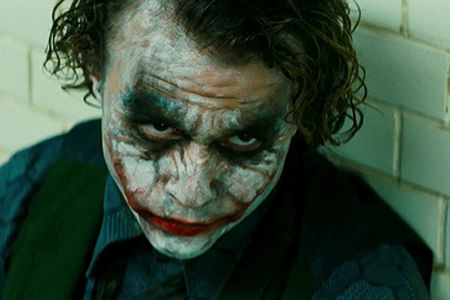
In 2007, Warner Bros. embarked on a viral internet marketing strategy in the months leading up to The Dark Knight‘s release. This included a mock campaign site for Harvey Dent and a “vandalized” duplicate site in which fan emails revealed (pixel by pixel) the first look at Ledger’s Joker, and multiple scavenger hunts launched via the website WhySoSerious.com that led to more Joker images and a teaser trailer. These and other viral strategies put the enigmatic image of the Joker, and his line “Why so serious?” further into the pop culture ether. This strategy was adjusted and refocused on Harvey Dent (Two-Face) following Ledger’s untimely death prior to the film’s release. Despite this transition in marketing, the iconography of The Joker became far more associated with The Dark Knight, perhaps even more so than Batman himself. Even a decade later in 2019, despite having the introduction of two more silver screen Jokers, Halloween brought more kiddos and adolescents in the guise of Ledger’s Joker asking for candy, rather than that of Jared Leto or Jaoquin Phoenix. Undoubtedly, Nolan and Ledger created a definitive symbol of the Joker that has persevered. The pop-culture obsession with the Joker was ignited in 2008. Between the viral marketing of Warner Bros, and Ledger’s iconic performance (which eclipses Bale’s Batman), the real symbol to rise was from The Dark Knight was not the virtuous Batman, but the chaos-relishing Joker.
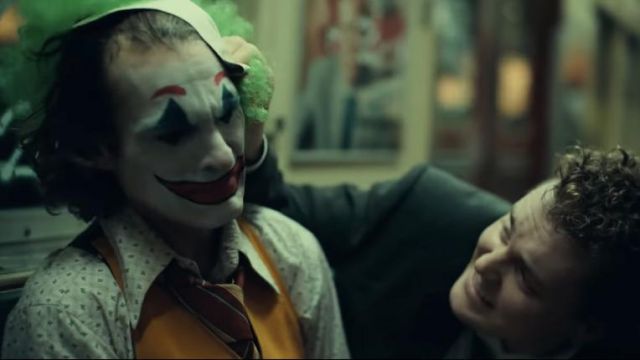
In light of the pop-culture impact made by TDK, I think it is more than coincidence that in Todd Philip’s film, Arthur Fleck’s murder of three drunken, abusive frat boys while in clown makeup take on in-movie cultural significance. In Joker, the image of the clown becomes the icon under which the disenfranchised of Gotham unite. The image’s power is only fueled by the rhetoric of the city’s elite, namely the Caped Crusader’s own father, Thomas Wayne, who uses “clown” pejoratively in reference to those praising the mystery murderer. And it is under the icon of the Joker that society breaks out into chaos. In the film’s climax, Arthur Fleck (painted and garbed in what is recognizably the figure of Batman’s arch nemesis, insists to Robert DeNiro’s Johnny Carson-esque late night host that he never meant to be political. Any association between him and the growing symbolism of the clown, he claims, has little to do with him. However, he then goes into an extended socio-political speech that culminates in him killing the late night host. It is the moment that literally sets Gotham on fire as the masses don clown masks and paint, rioting through the city. For a character who does not desire to be a symbol for the politically disenfranchised, he rages against all that the forces that (insofar as Fleck is an unreliable narrator) seem to be oppressing the downtrodden of Gotham.
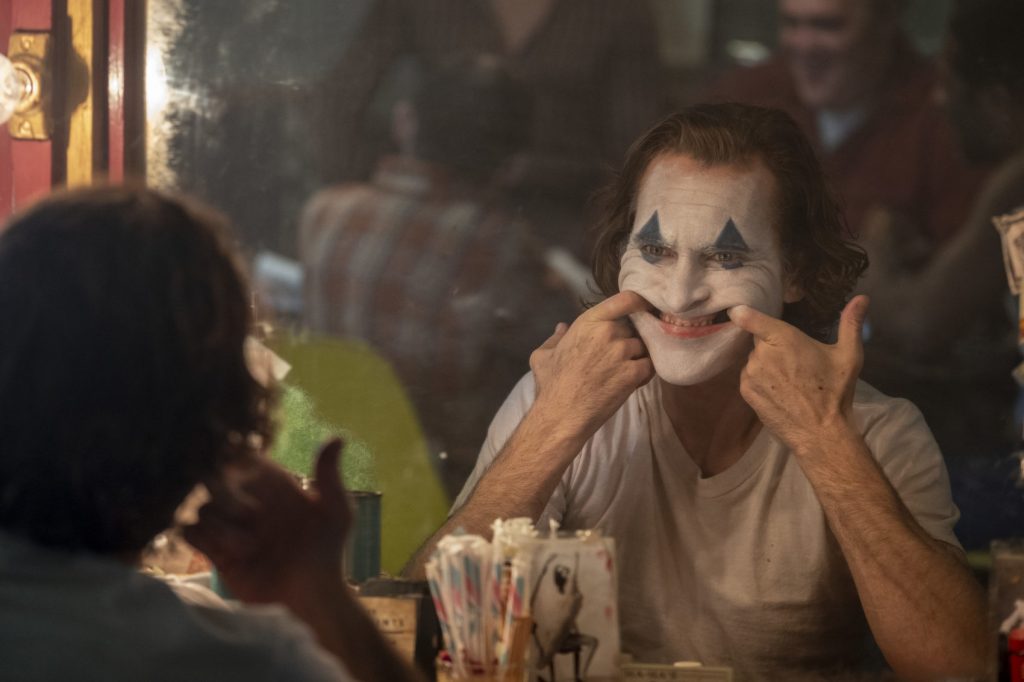
Fleck has many moments where he basks in the presence of the symbol, grinning at flyers of killer clowns and looking gleeful over news headlines. The film’s near final moments sees the Joker dancing on the hood of a wrecked police cruiser while chaos reigns around him. He is basking in the madness. So the questions remains: what does Arthur Fleck’s Joker stand for? What is Todd Philips’ portraying?
At best, maybe Philips is portraying why the iconography that grew around Ledger’s Joker following The Dark Knight is an empty one, offering not hope but only chaos. Maybe we are asked to look at Arthur Fleck, to paraphrase Michael Cain’s Alfred Pennyworth, literally watching the world burn and dancing in the fire light, and ask: what good is there in the cultural popularity and idolization of the Joker?
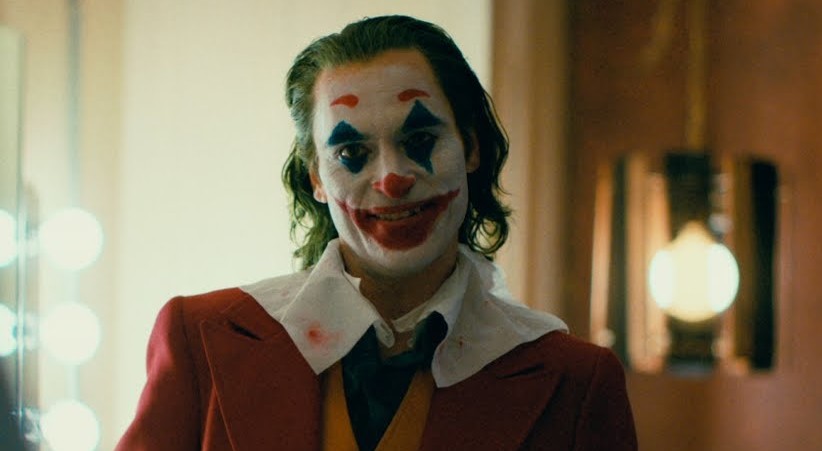
If Phillips is attempting to draw out this question in a sort of satire of the The Dark Knight‘s Joker, then we should ask if Philips does this well. If at any point the chaos and violence that Fleck incites (from whatever motivation) is justified or even glorified in its portrayal, then Philips has failed. A satire done poorly is no satire at all, but instead becomes the very object that is meant to be satirized. Maybe Philips has only added to the cultural iconography of the Joker. I think that Tasha Robinson, writing for the Verge, is correct in the assessment that “Phillips suggests in the end that everything he went through was necessary to bring him the power and recognition he deserves. It’s a tempting fantasy, crafted with utter conviction.”
Phillips’ satire fails, if that was ever his intent. But perhaps the Clown Prince of Crime is not a force to be satirized. Perhaps any time the Joker becomes a symbol, or is transformed into an icon, there is only one result: the celebration of violent chaos. Perhaps he is not, and was never meant to be, a symbol on par with Batman.
Unless Todd Philips understands that too… but let’s cross that bridge to Gotham next week.